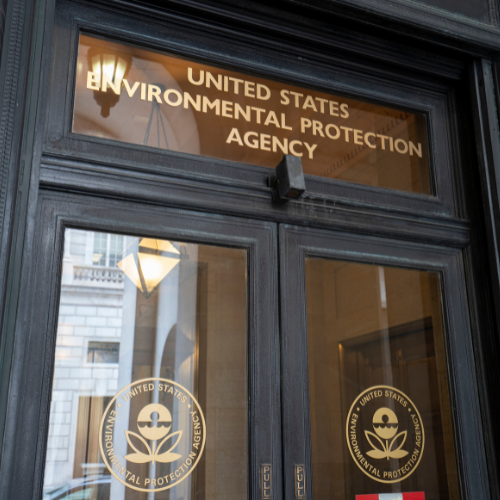
There is no “safe” level of asbestos exposure for any type of asbestos fiber.
There is clear scientific evidence that asbestos causes cancer and chronic respiratory diseases in humans. When asbestos fibers are inhaled they have the potential to reach the ends of the small airways in the lungs, or even penetrate into the outer lining of the lung and chest wall. These asbestos fibers are difficult for the body to eliminate and can cause asbestosis, lung cancer, or mesothelioma, as well as other cancers. All exposures to asbestos contribute to your total lifetime dose of asbestos, which increases your risk for developing an asbestos-related disease. Generally, asbestos-related diseases take a long time to develop after exposure, with symptoms appearing 10 to 40 years later.
It is difficult for the average person to measure asbestos exposures. One cannot tell when asbestos is in the air or hurting his or her lungs. Asbestos breaks into tiny fibers that are too small to see, feel or taste. Asbestos fibers can be measured in the air through air sampling methods in units called fibers per cubic centimeter of air (f/cc), which is about the size of a sugar cube. The Occupational Safety and Health Administration has promulgated limits for airborne levels of asbestos that are not to be exceeded, but these were set forth to reduce risk for workers but not eliminate asbestos disease.
Investigators have found asbestos-related diseases in individuals with only brief exposures. Asbestos exposures as short in duration as a few days have caused mesothelioma in humans. Studies of workers exposed to asbestos in occupational settings suggest that not all people exposed to the same doses of asbestos are affected equally. An individual’s susceptibility to developing an asbestos-related disease is likely determined by a number of factors including genetics, smoking history, and timing of initial exposures.
Exposure to asbestos does not guarantee that you will develop an asbestos disease, but it does increase your risk. All asbestos diseases are difficult to treat, and preventing exposures is the best medicine available. No amount of asbestos is considered safe, and all asbestos exposures should be considered to be potentially harmful.














